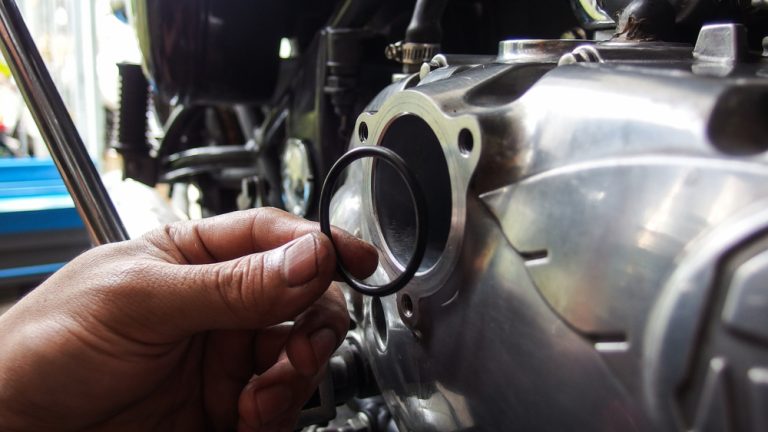O-rings come in many shapes, sizes, and materials. With each material, you’ll need a different type of coating to make your O-rings last longer. Our team of experienced chemical engineers will go over the types of O-ring materials you need for modern manufacturing and what they’re best for.
General Tips on O-Ring Materials
There are two main tips when looking for materials for O-rings.
First, you need to determine the swell. Most O-rings, when entering into a wet environment, will swell. Sometimes you want a little swell to make the seal better. But if the O-ring swells too much, it can break. Look for O-rings with less than 10% swell for your processes. Some materials work better in harsh conditions than others with regard to swell, so you should purchase one that fits with minimal swell.
Second, some O-ring materials don’t do as well with certain chemicals. Are you using an acid or a base? What temperature are the chemicals at when you’re transporting them? What about pneumatics? Will the chemicals vaporize at some point?
Once you choose the right materials, then you should determine if an O-ring coating can make the equipment last longer before breaking down.
Urethane
Urethane, or polyurethane, offers fantastic abrasion and wear resistance. This material is excellent for moving parts as it is both durable and elastic. It resists oxygen very well, making urethane a great choice for industrial seals, pneumatic applications, air guns, paintball markers, atomizers, and sprayers that use air and neutral solutions.
Silicone
Silicone O-rings are almost the opposite of urethane. They’re not the best for abrasion and wear, but they are wonderful for chemical resistance. Silicone also works great for resisting heat and cold, and it’s great for electrical applications and in the petroleum industry for its resistance to oil.
Silicone O-rings offer a wide range of uses in several industries, such as:
- Automotive
- Aerospace/Aviation
- Construction and Heavy Equipment
- Electronics
- Food & Beverage
- Medical Devices
- Pharmaceutical
- Semiconductors
- Utilities/HVAC
Because of silicone’s popularity and relatively stable orientation, O-ring coatings go well with silicone when you need extra protection from wear and corrosion.
Perfluoroelastomer
If you have a high-heat application, perfluoroelastomers are probably the best you can buy. The one downside is that this material is expensive. It’s essentially the elastic form of PTFE. And they resist all kinds of things, from steam and weathering to harsh chemicals and high temperatures.
Perfluoroelastomers work great for just about any industry with cold, heat, and harsh chemicals. Look for low-compression materials to last much longer than standard PTFE compounds.
Nitrile
Nitrile is a relatively inexpensive material for O-rings that works well for low temperatures and resisting oil. So, if you’re an oil driller in Canada, you’re in luck with nitrile O-rings. Seriously, though, nitrile O-rings are outstanding for automotive parts and hydraulic fluids because of their resistance to petroleum-based chemicals.
Ethylene Propylene (EPDM)
Look for EPDM O-rings in automotive manufacturing, medical devices, household appliances, irrigation systems, plumbing, wastewater plants, and more. It’s suitable for cold and hot temperatures (up to 300 degrees Fahrenheit). It also resists UV degradation, making it great for outdoor use when your equipment is in direct sunlight.
O-Ring Surface Treatments by EZ-Coating
Materials for O-rings give them their ideal properties. But sometimes, you need something a little extra to give them an advantage. Our O-ring coatings go above and beyond PTFE in several important factors, like the coefficient of friction and abrasion resistance, for your industrial equipment, heavy machinery, and manufacturing equipment.
Contact us for more information or if you need a test sample. We’ll respond within 24 hours.

